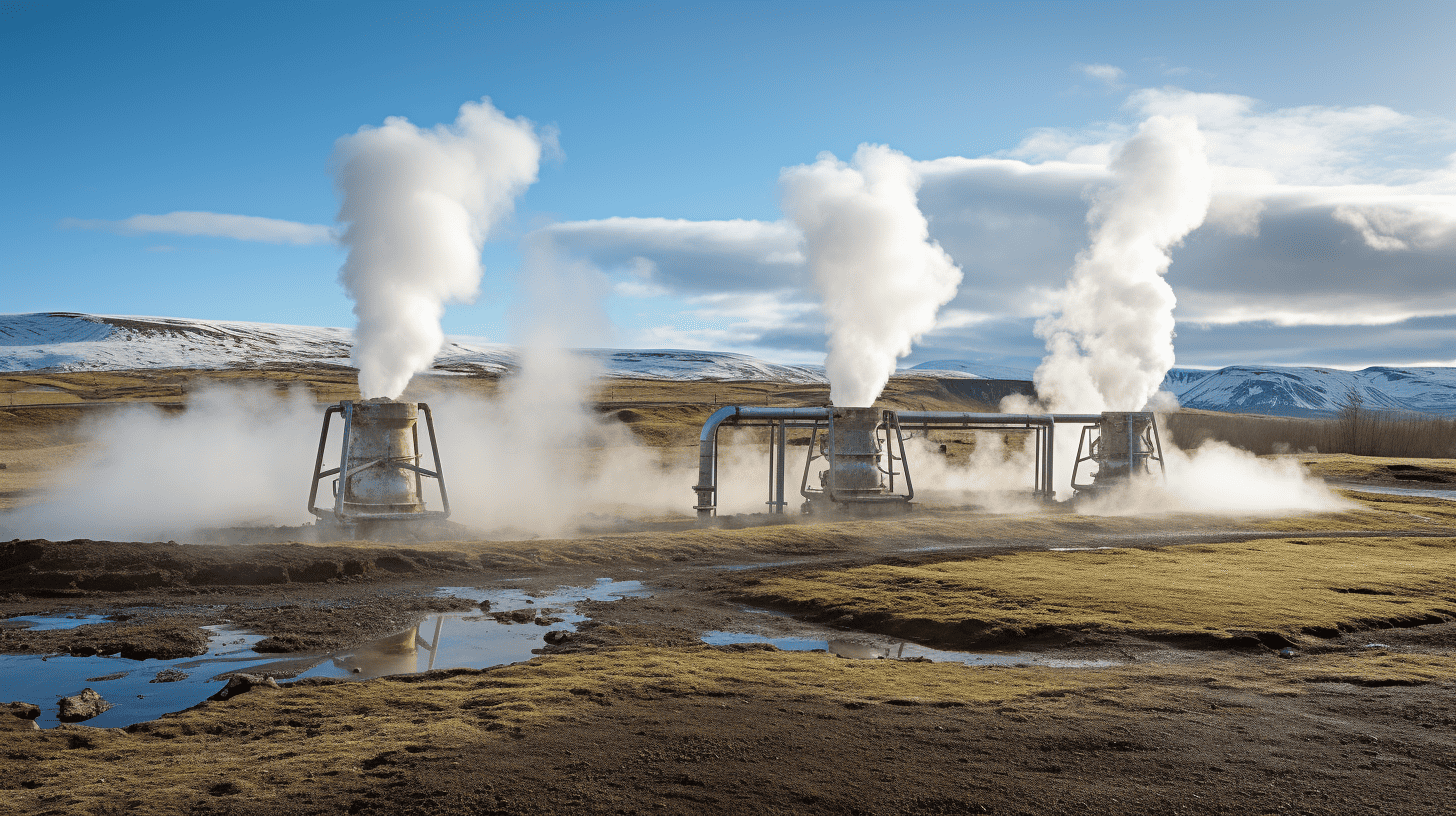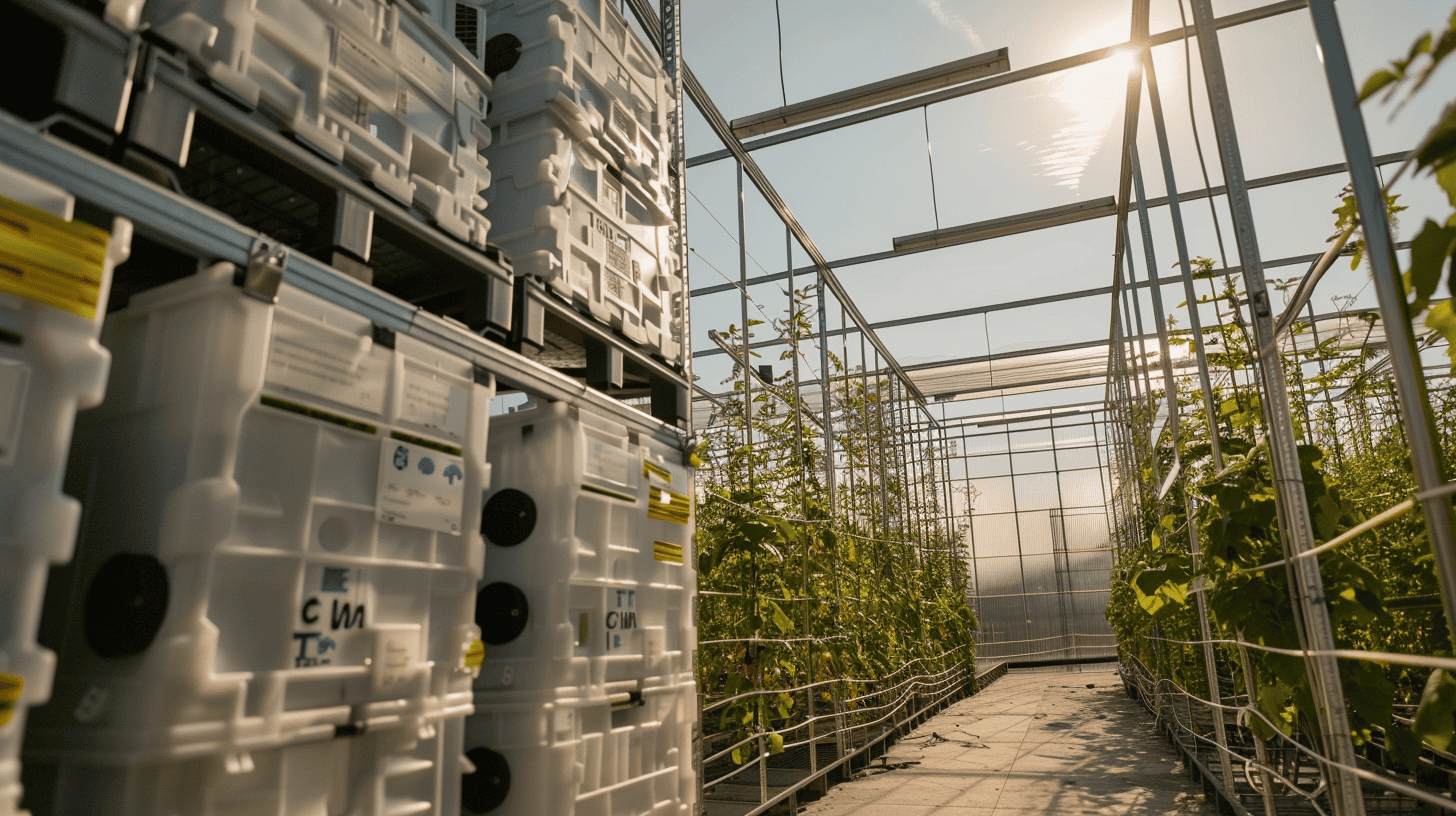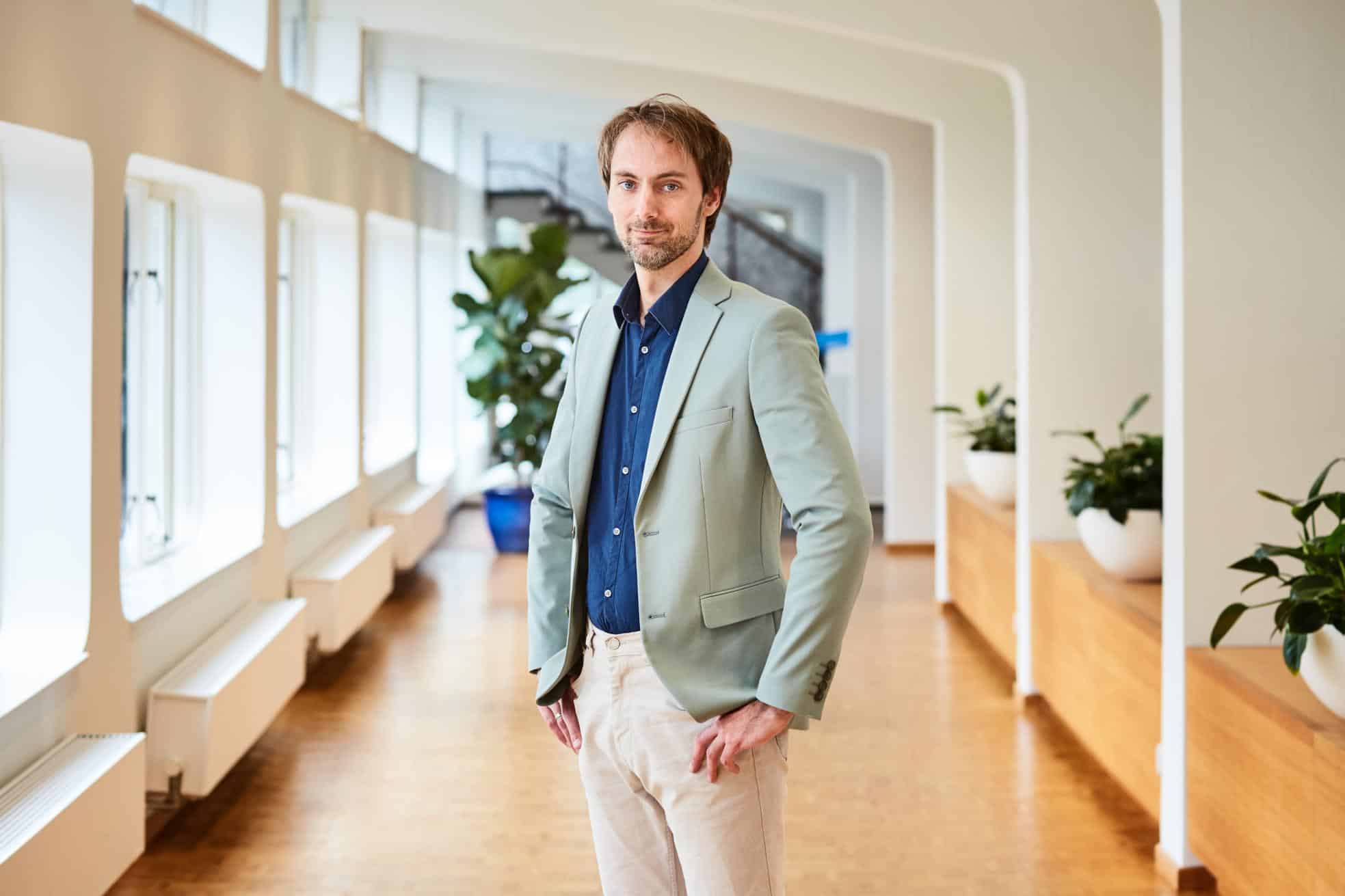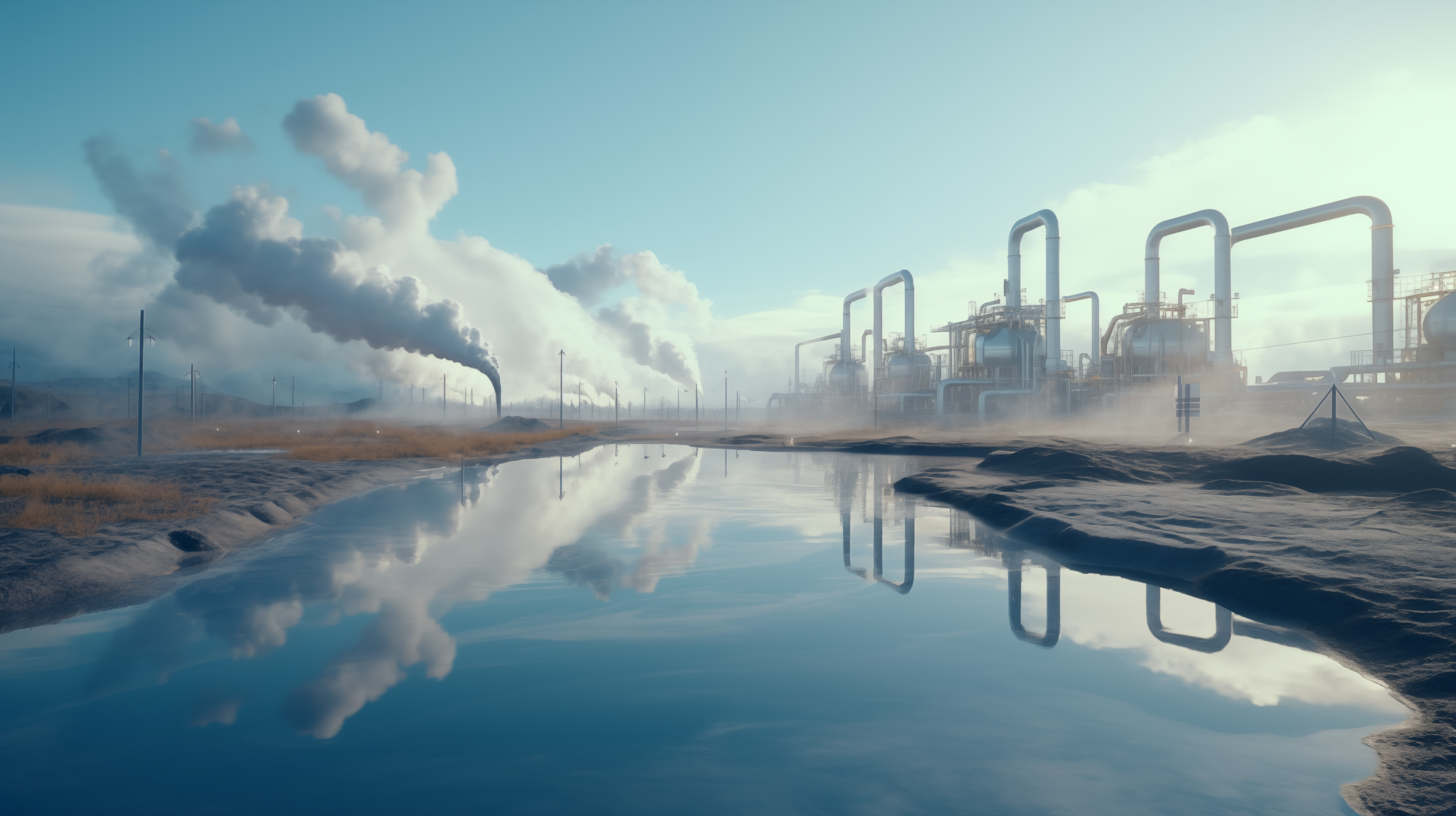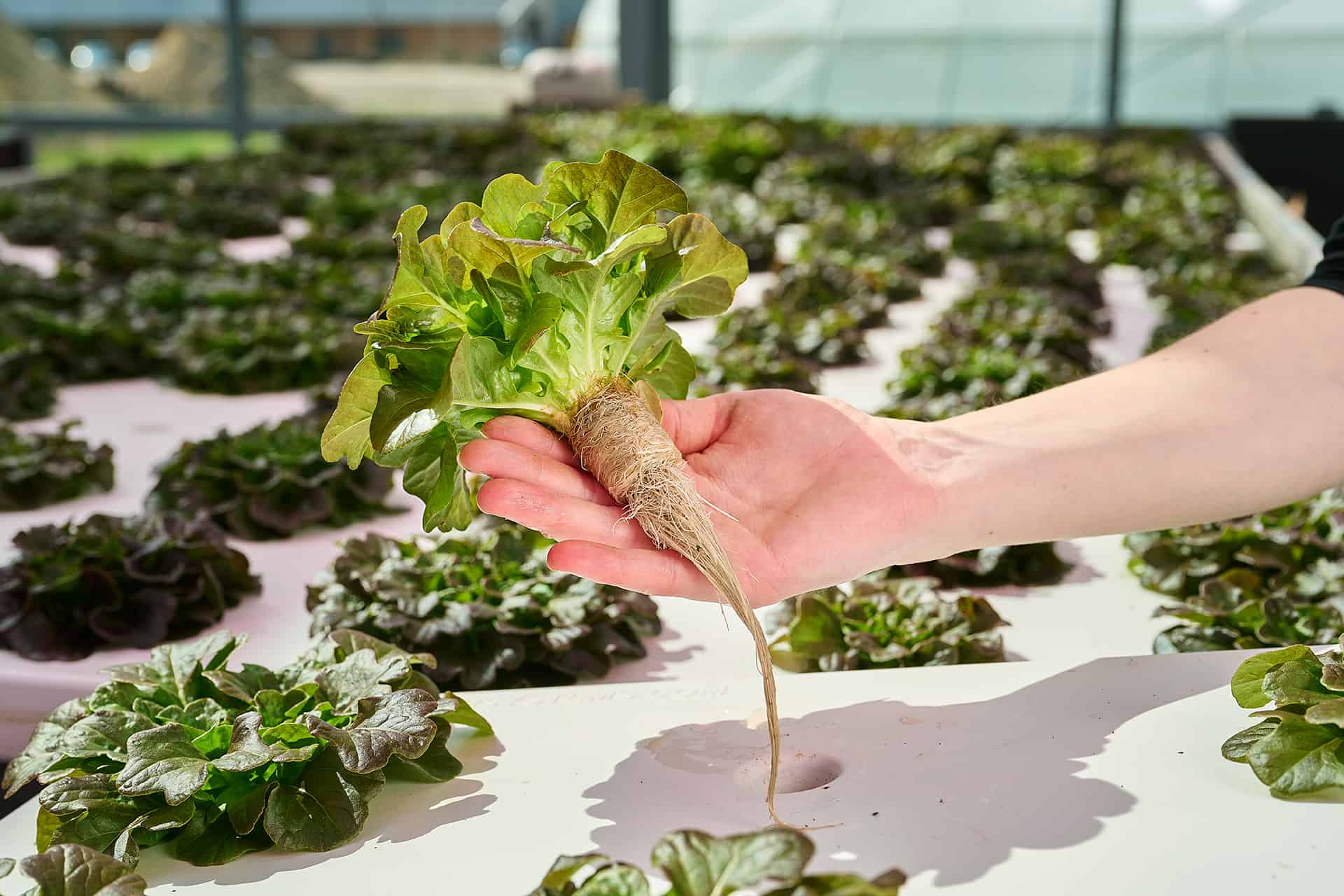
Drones that recognize diseases in crops, robots that pick tomatoes, and geothermal heat as a source of energy. Greenhouse horticulture in the Netherlands is a world-class player, and the sector’s innovative capacity is great. But so are the challenges related to biodiversity, energy, and the climate. For example, the sector emitted 6.5 Mton of carbon dioxide in 2021. In addition to natural gas as a heat source, potting soil and substrates also have a significant share.
Environmentally unfriendly peat potting soil
These substrates consist mainly of peat. With an annual peat import of 4.7 million m³, the Netherlands is the largest peat importer in Europe. Its use has been under a magnifying glass for some time. Peatlands cover about three percent of the global land area but contain twice as much sequestered carbon as all the world’s forests.
In the Netherlands, CO2 emissions from peatlands are almost twice the carbon sequestration of all ecosystems combined. In short: extracting peat is harmful to the climate. In the Environmental Impact and Substrates Covenant that the sector signed late last year, they agreed to work toward a climate-neutral sector. The objective for 2050 is to use only substrates that do not have a negative environmental impact in the chain and are CO2 neutral. The percentage of renewable raw materials must then be at least ninety percent of the total chain volume.
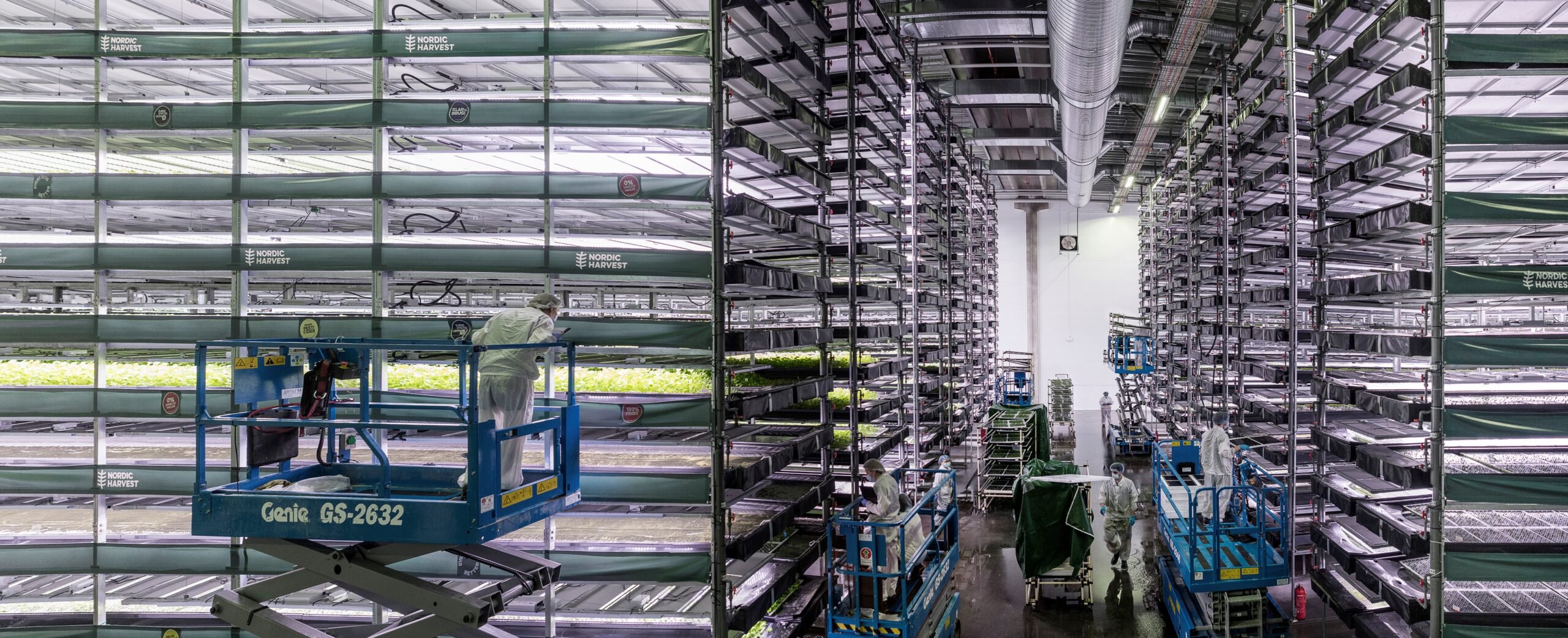
Biodegradable substrate
The question remains: How do you make a high-quality, peat-free alternative to peat-potting soil?
Rock wool partially answers that question. This insulation material was quite suitable as a substrate after some modifications. The significant disadvantage is that much energy is needed to melt the basalt (volcanic rock) with lime when producing stone wool. Moreover, it is not biodegradable.
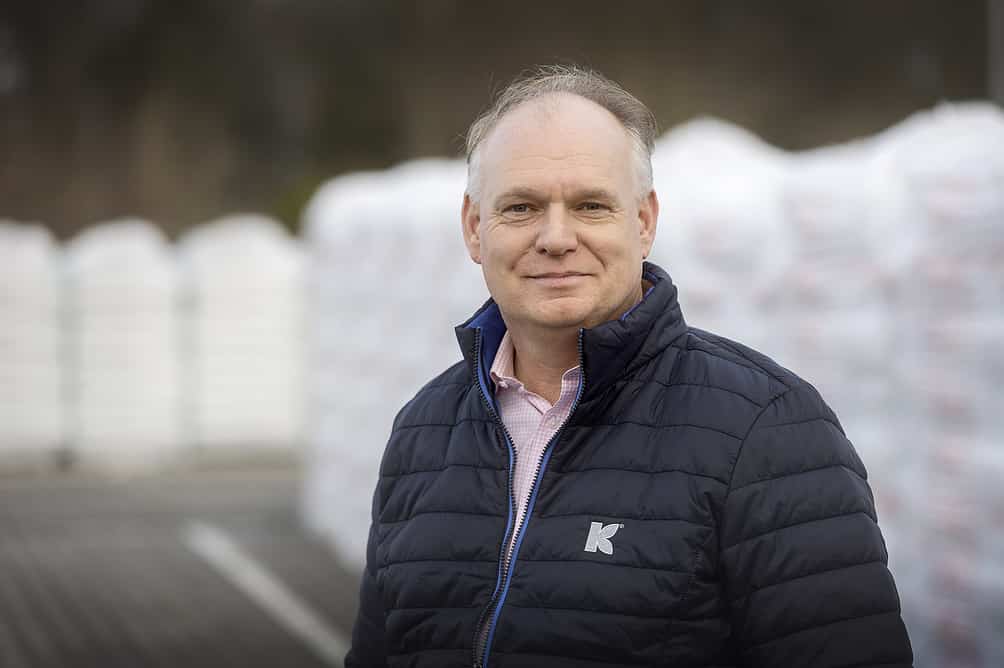
So further research must be done. Klasmann-Deilmann supplies potting soil and substrates to companies worldwide and has been dealing with the question for a long time, says Eric Lekkerkerk, sales director at the company. “We are looking at reducing peat as a main ingredient or replacing it with, for example, wood fiber, tree bark, or composted green waste. In doing so, the alternative must not lose quality, so it must have the right properties and be disease-free.”
The supplier is exploring options for a completely peat-free alternative with innovation partner Maan Biobased Products. That is coming in the form of an extruded, biodegradable substrate.
Nygaia
Based on the biodegradable Growcoon principle, Maan and Klassmann-Deilmann are developing a substrate: Nygaia. The name is derived from Gaia, the goddess of the earth in Greek mythology.
“A substrate must be able to do two things. Hold water and absorb air. Nygaia can do both,” Lekkerkerk said. “We shouldn’t call it soil,” adds Tjeerd de Looze. He is a commercial and product manager at Maan Biobased Products. “There is so much life in the soil; we can never fake that. What we can do is recreate the conditions. So that the root can grow and all the nutrients become neatly available.”
Growcoon

First, Growcoon is a biodegradable cutting and seeding plug holder that holds soil together. “Growers ran into the problem that when they take two hundred plants out of a plastic tray to repot, a lot of root damage occurs because the potting soil crumbles,” De Looze said.
Growcoon’s walls consist of a biodegradable web with an open net structure. On the one hand, this structure ensures a firm binding of the root ball, and on the other hand, there is enough space so that the plant’s roots can root freely. Some four billion plants roll off the conveyor belt every year.
‘Complete chaos’
It is still a long way for Nygaia. Two options are now being worked out at Maan. A thin mat, on which young plants such as watercress can be grown, and a plug. The concept performs well in a growing environment, and work is now underway to scale up production and develop machinery into a product that growers can use. It is one of the innovations based on which MAAN won the Koning Willem I Prize for the most sustainable and innovative company.
Whereas for Growcoon the companies produce one long spaghetti string, at Nygaia they make complete chaos out of a biodegradable polymer. De Looze: “The earth is also complete chaos. Fibers in different lengths and thicknesses, a tangle of threads and connections. That chaos must be able to hold water and absorb air.”
Next summer, De Looze, and Lekkerkerk want to be at the GreenTech fair in Amsterdam with a ready-made product.
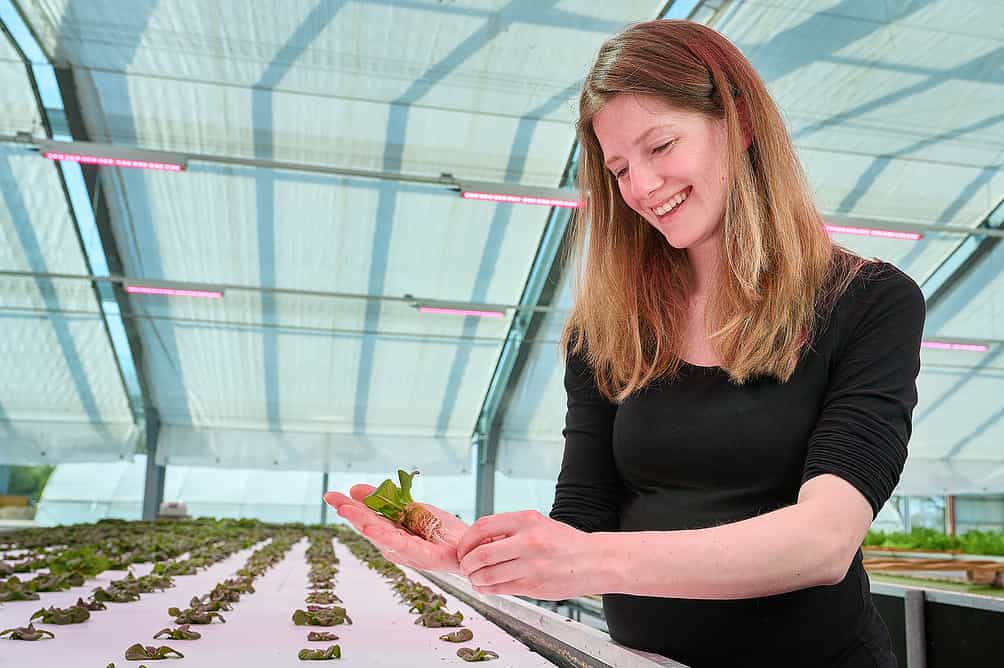
A new category of sustainable substrates
Lekkerkerk: “The intention is for Nygaia to grow into a new category of sustainable substrates with different applications. Because the substrate is inert, clean, and easy to control, it fits well with the requirements of high-tech horticulture. We initially focus on vertical farms and hydroponics nurseries; in these segments, sustainability is most valued.”
Vertical farms are mainly located in large European cities close to consumers. “Ultimately, our dream is that vertical farms buy from us a bag of raw materials, the basic material, from which they can produce a substrate with their machine. That way, the substrate is always fresh, and the expansion occurs at the grower’s premises. That makes a huge difference in transport boxes.”
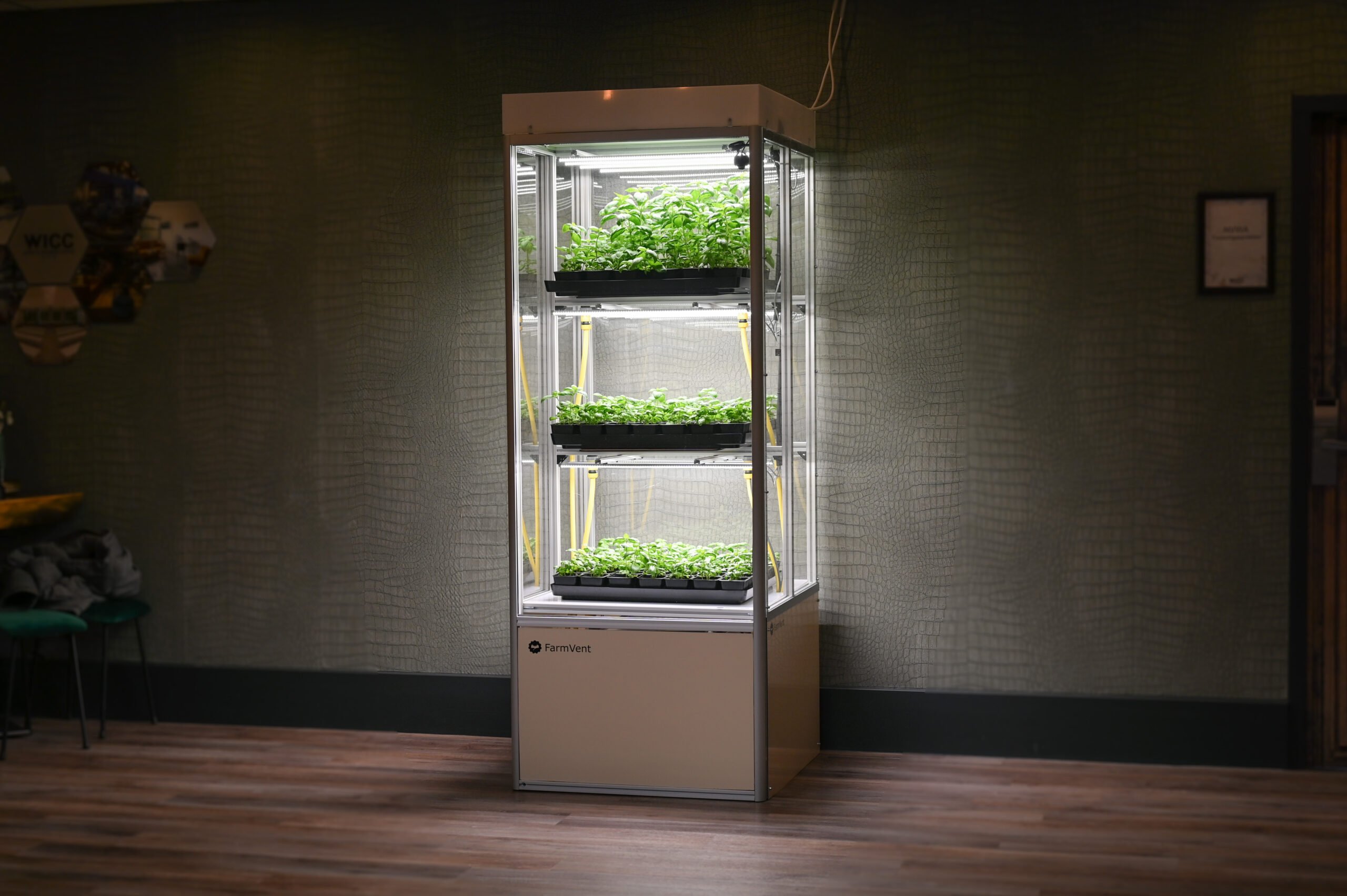
A significant additional advantage compared to potting soil is that the substrates have no diseases. In potting soil mixed with garden waste as an alternative to peat, quality is difficult to guarantee.
Developing the technology for potting soil fits within the horticulture trends, in which a grower no longer works based on his gut feeling but on data. Lekkerkerk: “The labor shortage is also causing a huge push in automation. In addition, it is increasingly important to use responsible materials, and consumers have become critical. As a supplier with Nygaia we want to contribute to a more transparent, sustainable greenhouse horticulture sector.”



